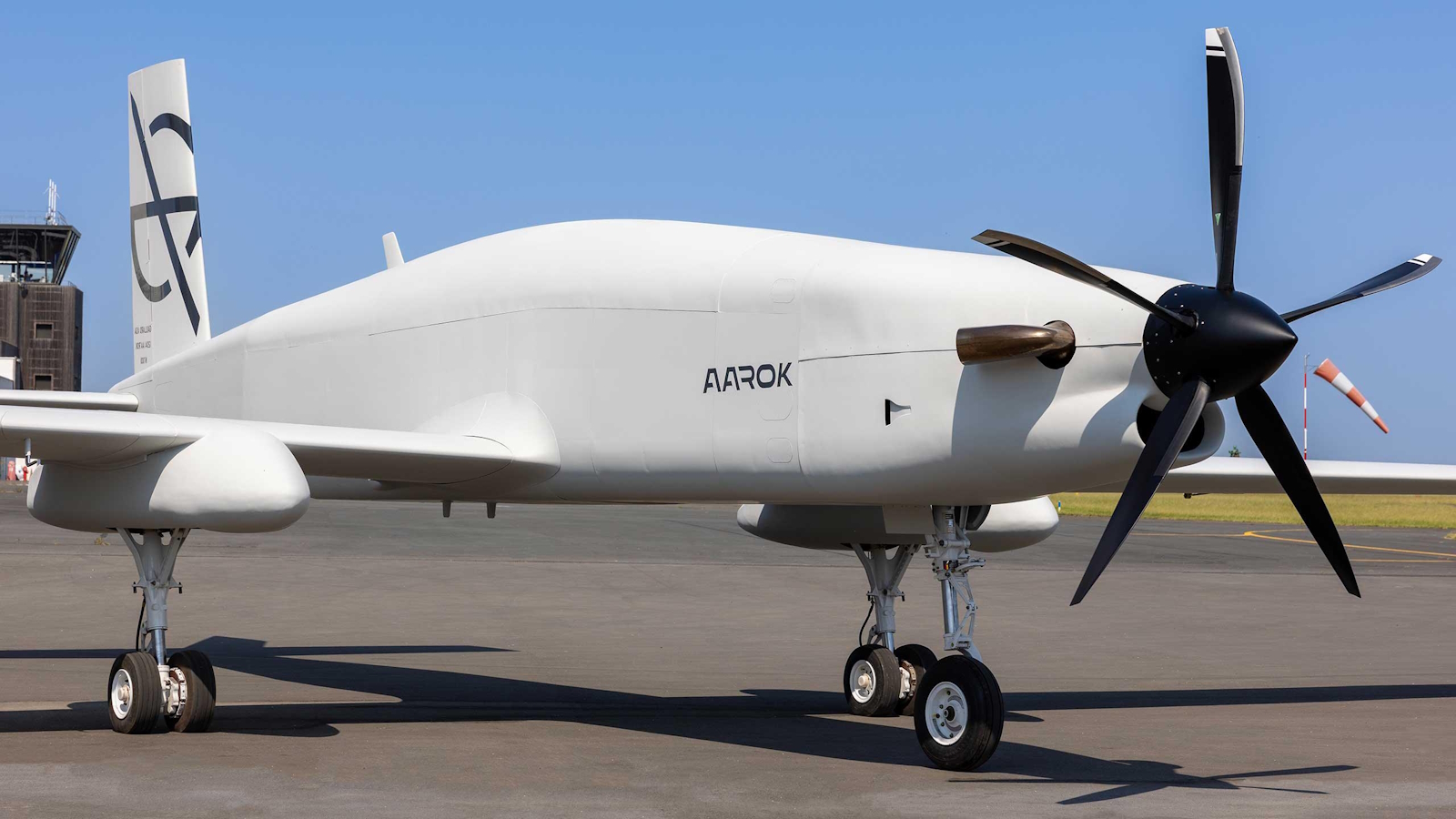Exclusive: The U.S. Army's Plan For A Massive Drone Increase

Table of Contents
The Driving Forces Behind the Drone Increase
Several key factors are driving the U.S. Army's decision to massively increase its drone fleet. These include significant budgetary allocations, rapid technological advancements, and evolving military needs in the face of modern conflict.
-
Increased Demand for Persistent Surveillance: The modern battlefield demands constant, real-time intelligence. U.S. Army drones provide persistent surveillance capabilities across diverse terrains and operational environments, from urban areas to vast deserts. This continuous monitoring allows for proactive threat assessment and improved decision-making.
-
Technological Advancements: Recent breakthroughs in drone technology have made UAVs smaller, more affordable, and significantly more capable. Miniaturization has led to the development of highly maneuverable drones suitable for various missions, while improved sensor technology enhances intelligence gathering capabilities. The integration of AI and machine learning further enhances their operational efficiency and effectiveness.
-
Counter-Terrorism and Asymmetric Warfare: The rise of asymmetric warfare necessitates effective countermeasures. Drones provide a critical tool in combating terrorist groups and insurgent activities, offering precision strike capabilities with reduced risk to ground troops.
-
Military Modernization and Budgetary Allocations: The U.S. Army's modernization strategy prioritizes UAV technology. Significant portions of the defense budget are dedicated to drone acquisition, development, and integration into existing military operations. This financial commitment underlines the strategic importance placed on this technology.
Types of Drones Included in the Expansion
The U.S. Army's drone expansion encompasses a variety of UAVs, each designed for specific missions. This isn't merely about quantity; it's about enhancing the diversity of capabilities.
-
MQ-1C Gray Eagle and MQ-9 Reaper: These larger, long-endurance drones are vital for reconnaissance, surveillance, and precision strikes. The increase in their numbers reflects a continued need for these established platforms.
-
Smaller Tactical Drones: The army is also investing in smaller, more agile drones designed for close-quarters combat and rapid deployment. These offer increased flexibility and adaptability in dynamic operational environments. These smaller UAVs can provide crucial real-time intelligence to ground troops.
-
Loitering Munitions: This category represents a rapidly evolving sector, with drones designed to loiter in an area and engage targets when detected. These offer significant advantages in precision strikes and intelligence gathering.
The procurement strategy focuses on a balanced approach, combining proven platforms with emerging technologies to maximize operational effectiveness across diverse mission sets.
Implications of the Massive Drone Increase for the U.S. Army
The ramifications of this significant U.S. Army drone increase are multifaceted and far-reaching.
-
Enhanced Situational Awareness: The expanded drone fleet will significantly enhance the Army's situational awareness, providing real-time intelligence to inform strategic and tactical decisions. This improved awareness leads to better battlefield outcomes.
-
Increased Operational Effectiveness: Drones allow for persistent surveillance, precision strikes, and reduced risk to ground troops, significantly increasing operational effectiveness in diverse environments. This enhances the Army's ability to achieve mission objectives.
-
Logistical Challenges and Training: Managing a vastly expanded drone fleet will present significant logistical challenges related to maintenance, repair, and parts supply. Extensive training programs will be necessary to equip personnel with the skills to operate and maintain these sophisticated systems.
-
Ethical and Legal Considerations: The use of lethal autonomous weapons systems (LAWS) raises complex ethical and legal considerations, requiring careful consideration and policy development to ensure responsible use.
-
Cost Implications: The long-term cost of procuring, maintaining, and operating a significantly larger drone fleet will place considerable demands on the defense budget, requiring careful resource allocation.
Global Implications and International Reactions
The U.S. Army's massive drone increase has significant global implications, impacting international relations and the global military balance of power.
-
Arms Race and Military Balance: This expansion could trigger an arms race, prompting other nations to invest heavily in their own drone programs, altering the global military balance of power.
-
International Reactions and Countermeasures: Other countries may respond with countermeasures, including developing anti-drone technologies and adapting their military strategies to mitigate the threat.
-
Drone Proliferation: The increased availability and affordability of drone technology could lead to further proliferation, raising concerns about their potential use by non-state actors and terrorist groups.
Conclusion
The U.S. Army's plan for a massive drone increase represents a pivotal moment in military history, signifying a substantial shift in military strategy and technological capabilities. This expansion promises to significantly improve battlefield dominance and intelligence gathering. However, it also presents logistical challenges, ethical dilemmas, and potential geopolitical ramifications. The impact of this U.S. Army drone increase will extend far beyond the battlefield, reshaping the dynamics of global security.
Call to Action: Stay informed about the evolving landscape of military drone technology and the U.S. Army's strategic initiatives. Learn more about the implications of this massive U.S. Army drone increase by subscribing to our newsletter and following us on social media.

Featured Posts
-
 Tongas Dominant Display Shattering Sis World Cup Dreams
May 02, 2025
Tongas Dominant Display Shattering Sis World Cup Dreams
May 02, 2025 -
 Ponant Agent Incentive 1 500 Flight Credit For Paul Gauguin Cruise Sales
May 02, 2025
Ponant Agent Incentive 1 500 Flight Credit For Paul Gauguin Cruise Sales
May 02, 2025 -
 Overvolle Tbs Klinieken De Gevolgen Van Jarenlange Onderbezetting
May 02, 2025
Overvolle Tbs Klinieken De Gevolgen Van Jarenlange Onderbezetting
May 02, 2025 -
 Is Fortnite Experiencing Server Issues Checking Status And Update 34 20
May 02, 2025
Is Fortnite Experiencing Server Issues Checking Status And Update 34 20
May 02, 2025 -
 Hemgjorda Kycklingnuggets Majsflingor Krisp And God Asiatisk Kalsallad
May 02, 2025
Hemgjorda Kycklingnuggets Majsflingor Krisp And God Asiatisk Kalsallad
May 02, 2025
